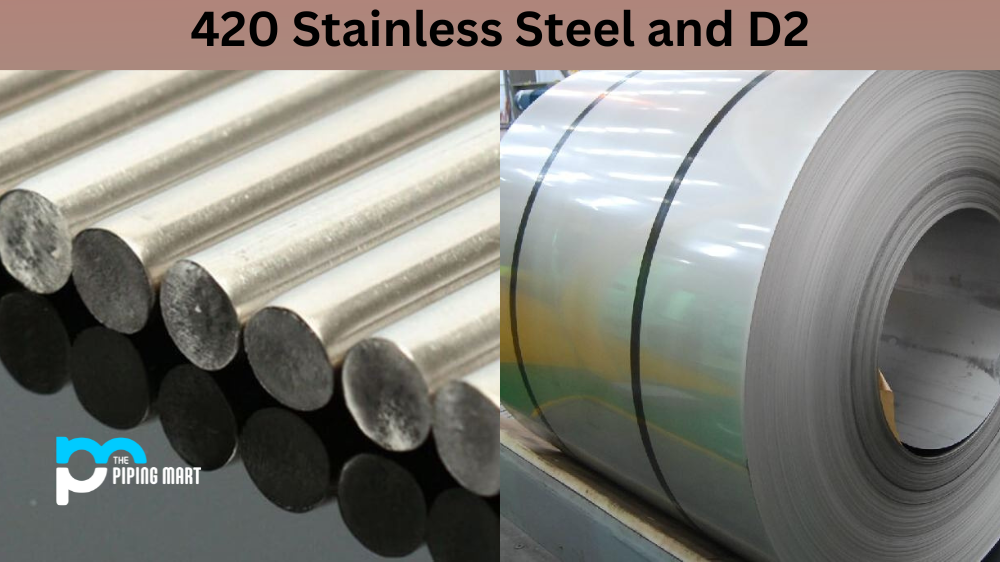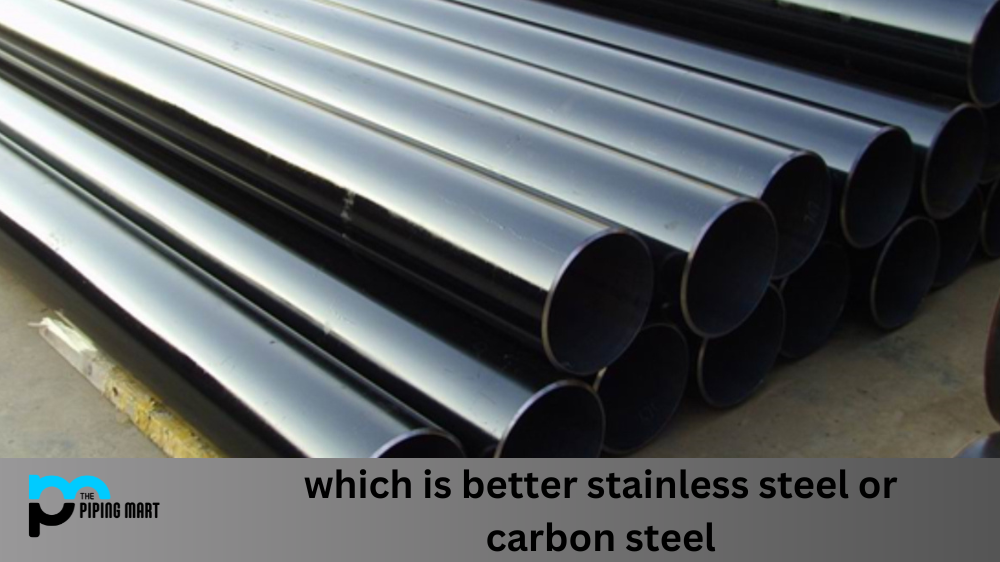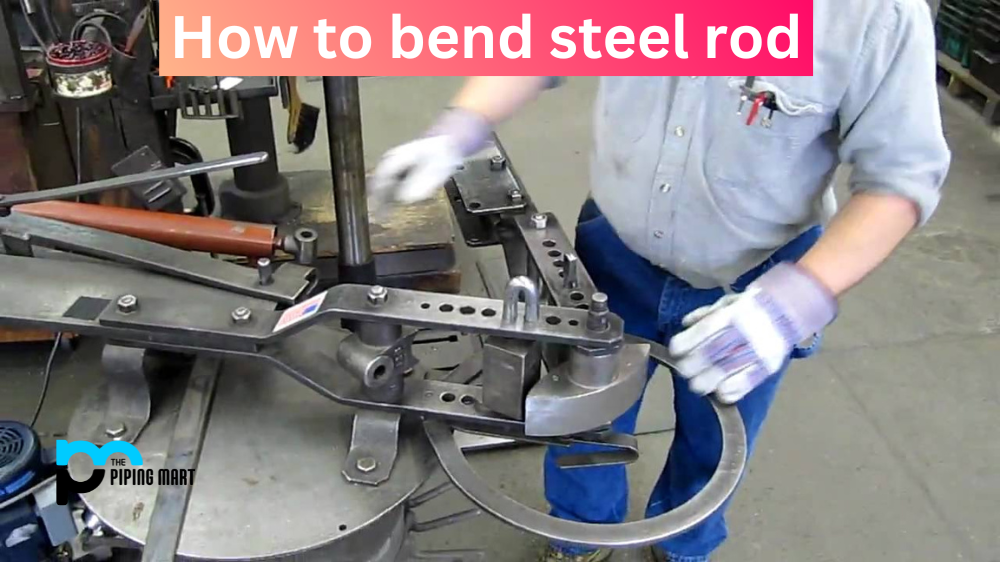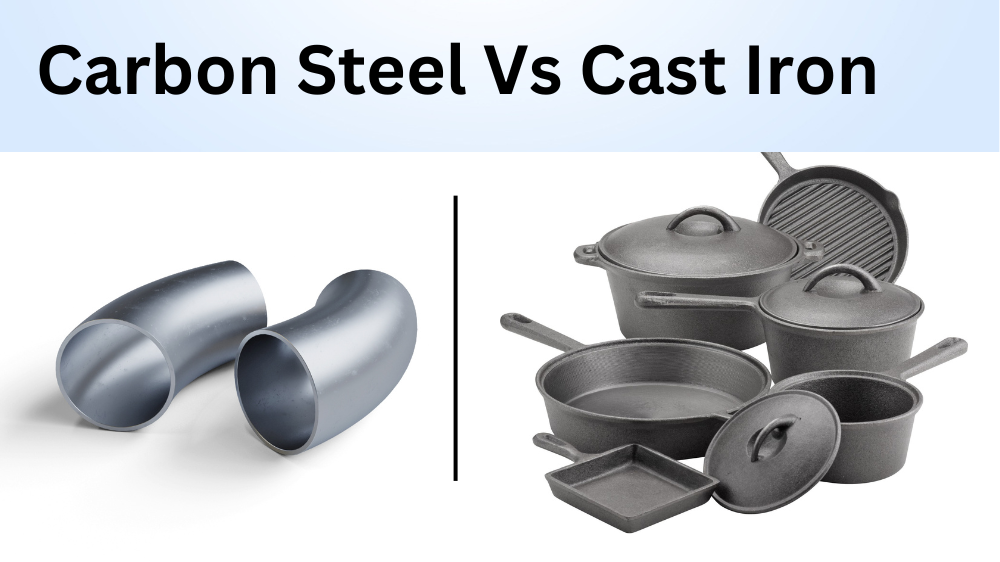If you are planning to buy a new knife or looking for an upgrade, you might have come across 420 stainless steel and D2 as materials. These two popular choices have different characteristics, pros, and cons. Choosing the right one will depend on how you plan to use the knife and your preferences. This post will explore the differences between 420 stainless steel and D2, their features, and their performance to help you make a better-informed decision.
What is 420 Stainless Steel?
420 stainless steel is a high-carbon martensitic stainless steel with moderate corrosion resistance, good edge holding, and easy sharpening. It contains 13% chromium, which gives it its rust and stain-resistant properties. 420 stainless steel is relatively soft, making it easy to work with, but it also dulls quickly and requires frequent sharpening. 420 stainless steel is a budget-friendly option for knives and other cutting tools.
What is D2 Steel?
D2 is a high-carbon, high-chromium tool steel with excellent wear resistance, edge retention, toughness, and hardness. It contains 12% chromium, which gives it superior rust and corrosion resistance compared to 420 stainless steel. D2 also has a higher level of vanadium and molybdenum, which enhances its hardness, toughness, and wear resistance. D2 is more difficult to work with and requires specialized equipment, but it holds an edge much longer than 420 stainless steel.
Difference Between 420 Stainless Steel and D2
Performance Comparison
Regarding performance, D2 tends to perform better than 420 stainless steel regarding edge retention, toughness, and hardness. D2 knives can hold an edge up to ten times longer than 420 stainless steel knives, making them ideal for tasks that require heavy use, like chopping, cutting, slicing, and other demanding activities. D2’s high hardness and toughness also make it suitable for outdoor and survival knives that withstand harsh environments.
On the other hand, 420 stainless steel is more forgiving and easy to resharpen, but it dulls quicker and requires more frequent maintenance compared to D2. 420 stainless steel knives are more suitable for everyday tasks like opening packages, food preparation, and light-duty cutting.
Advantages and Disadvantages
420 stainless steel is a budget-friendly option that is easy to sharpen but lacks the edge retention and wear resistance of D2. If you are on a tight budget and need a knife for light-duty use, 420 stainless steel might be a good option. However, if you need a knife for heavy-duty use, outdoor activities, or survival situations, then D2 is a better option.
D2 has excellent wear resistance, edge retention, and toughness, but it is more expensive and difficult to work with. D2 knives are ideal for tasks that require heavy use and long-lasting performance. However, if you don’t have the right sharpening equipment or skills, then D2 knives can be challenging to maintain.
Conclusion
When choosing between 420 stainless steel and D2 for your knives, consider your intended use, budget, and sharpening skills. 420 stainless steel is a budget-friendly option that is easy to sharpen but dulls quickly. D2 is more expensive and difficult to work with, but it holds an edge longer and is more durable. Ultimately, the choice will depend on your priorities, and you can’t go wrong with either. Whichever material you choose, invest in a high-quality knife from a trusted manufacturer to ensure it lasts years.
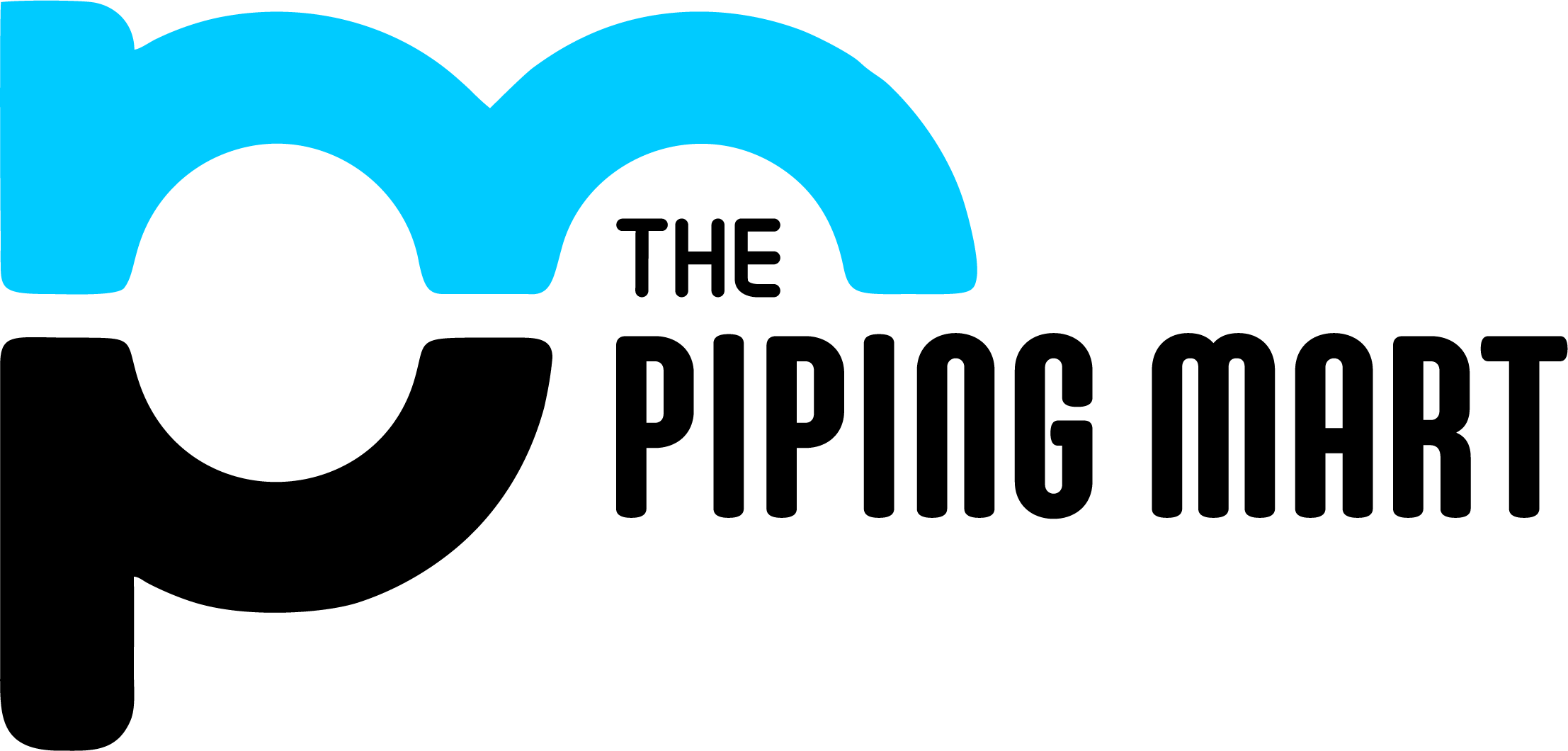
A passionate metal industry expert and blogger. With over 5 years of experience in the field, Palak brings a wealth of knowledge and insight to her writing. Whether discussing the latest trends in the metal industry or sharing tips, she is dedicated to helping others succeed in the metal industry.

